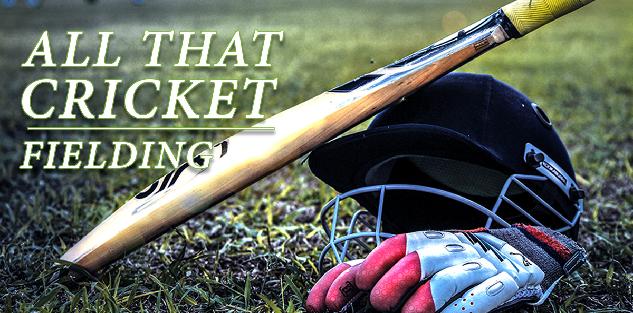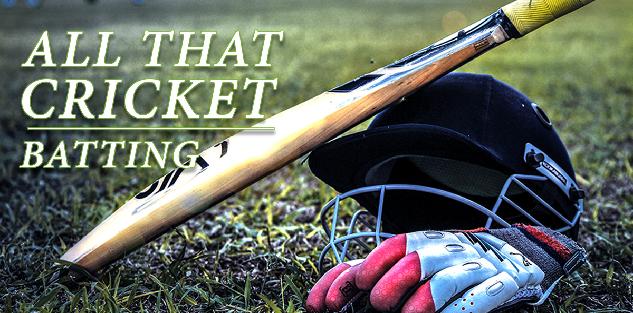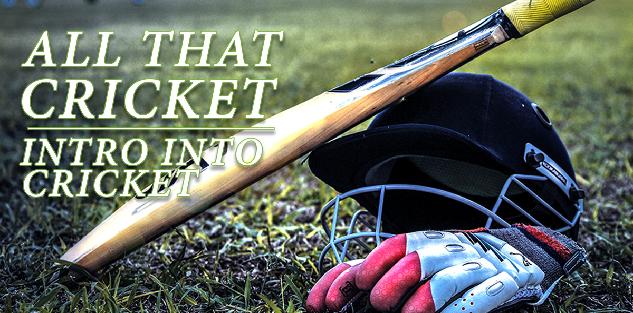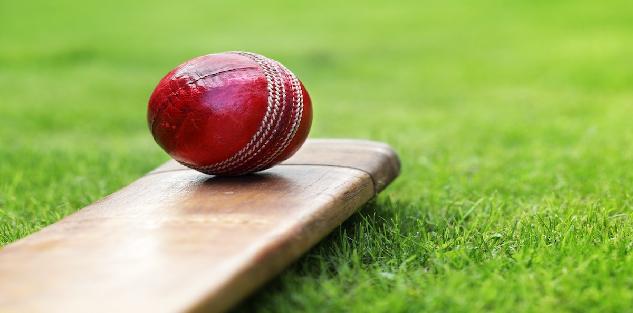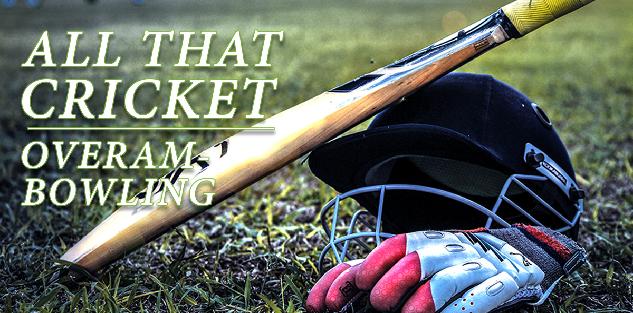-
- Baserunning
- Catching
- Coaching Baseball
- Drills
- Ebooks
- Fielding
- Fundamentals
- Hitting
- Mental Training
- Pitching
- Strength & Conditioning
- Umpiring
- Youth Baseball
-
- 3-3 Defense
- 3-4 Defense
- 4-2-5 Defense
- 4-3 Defense
- 6-Man
- Air Raid
- Analytics
- Blitz/Stunt/Pressure
- Coverage
- Defend this Offense
- Defensive Backs
- Defensive Line
- Drills
- Ebooks
- Eight-Man
- Flag Football
- Formation/Motion
- Fundamentals
- Game Planning
- Gap Schemes
- Inside Zone
- Kicking
- Learn from the Pros
- Linebacker
- Long Snapping
- Offense Breakdown - Pass Game
- Offense Breakdown - RPO
- Offense Breakdown - Run Game
- Offense Breakdowns
- Offensive Line
- Option/FlexBone
- Outside Zone
- Passing Game
- Pass Protection
- Play Action/Movement Pass
- Player Excellence
- Practice Planning
- Procedures/Tempo
- Program Development
- Quarterback Training
- Run and Shoot
- Run Game
- Running Back
- Run Pass Option (RPO's)
- Screen Game
- Single/Double Wing
- Situational Defense
- Situational Offense
- Slot T
- Special Teams
- Speed & Agility
- Spread Offense
- Strategy
- Strength & Conditioning
- Tackling
- Team Defense
- Team Offense
- Tight End and Fullback Training
- Tite Front
- Tools for Coaches
- Trick Plays
- Wide Receiver Skills
- Wing-T Basics
- Wing-T Passing Game
- Wing-T RPO
- Wing-T Run Game
- Youth Football
- Zone Runs
-
- 5 Out Offense
- Ball Handling
- Ball Screen Offense
- Certifications
- Clinics
- College Playbooks
- Culture & Team Development
- Defense
- Dribble Drive
- Drills
- Ebooks
- European Ball Screen Offense
- Fast Break/Secondary
- Fundamentals
- International Basketball
- Motion Offense
- NBA Playbooks
- Offense
- Packline Defense
- Playbooks
- Player Development
- Point Guard Training
- Post Play
- Practice Planning
- Press Defense
- Princeton Offense
- Read and React Offense
- Rebounding
- Shooting
- Situation/ATO Plays
- Strategy
- Strength and Conditioning
- Women's Basketball
- Workouts
- Youth Basketball
- Zone Defense
- Zone Offense
-
- Box Lacrosse
- Competition Drills
- Defensive Drills
- Defensive Strategy
- Drills
- Fundamentals
- Goalie Training
- Individual Defensive Play
- Individual Offensive Play
- Man Up and Man Down
- Midfielders
- Offensive Strategy
- Practice Planning
- Shooting
- Skill Development
- Strength & Conditioning
- Transition
- Women's Lacrosse
-
- Coaching Tennis
- Coaching Youth Tennis
- Doubles
- Drills
- Footwork
- Fundamentals
- Mental Game
- Serving
- Singles
- Strategy
- Strength & Conditioning
- Stroke Instruction
- Table Tennis
- Tips
-
- Coaching Track & Field
- Cross Country
- Discus
- Distance
- High Jump
- Hurdles
- Javelin
- Long Jump
- Mid-Distance
- Multi
- Pole Vault
- Relays
- Shot Put
- Sports Performance
- Sprinting
- Strength & Conditioning
- Triple Jump
- Weight/Hammer
-
- Attack
- Coaching Soccer
- Coaching Youth Soccer
- Defense
- Dribbling
- Drills
- Ebooks
- Fundamentals
- Futsal
- Goalkeeping
- Midfield
- Skill Development
- Strategy
- Strength & Conditioning
- Tactics
- Women's Soccer
-
- Coaching Hockey
- Defense
- Drills
- Goaltending
- Offense
- Off-Ice Stick Skills Training
- Player Development
- Strength & Conditioning
- Women's Hockey
- Youth Skills & Drills
- Golf
-
- Baserunning
- Catching
- Coaches Clinics
- Coaching Softball
- Drills
- Ebooks
- Fielding
- Fundamentals
- Hitting
- Pitching
- Strength & Conditioning
- Youth Skills & Drills
-
- Beach Volleyball
- Blocking
- Coaching Volleyball
- Defense
- Drills
- Fundamentals
- Hitting/Attacking
- Passing
- Serving
- Setting
- Strength & Conditioning
- Youth Skills & Drills
-
More Sports
- Archery
- Aussie Football
- Badminton
- Baseball
- Basketball
- Coach Development
- Cricket
- Cycling
- Disc Golf
- eSports
- Extreme Sports
- Fencing
- Field Hockey
- Football
- Golf
- Gymnastics
- Health & Fitness
- Hockey
- Lacrosse
- Martial Arts
- Mental Training
- Physical Education
- Racquetball
- Recreational
- Rugby
- Running
- Skating
- Skiing
- Snowboarding
- Soccer
- Softball
- Squash
- Student Athletes
- Swimming
- Team LMS
- Tennis
- Track and Field
- Ultimate Frisbee
- Volleyball
- Weight Lifting
- Wrestling
- Yoga
- Youth Coaching

Followers 237
Following 6
You should pick at least one course



